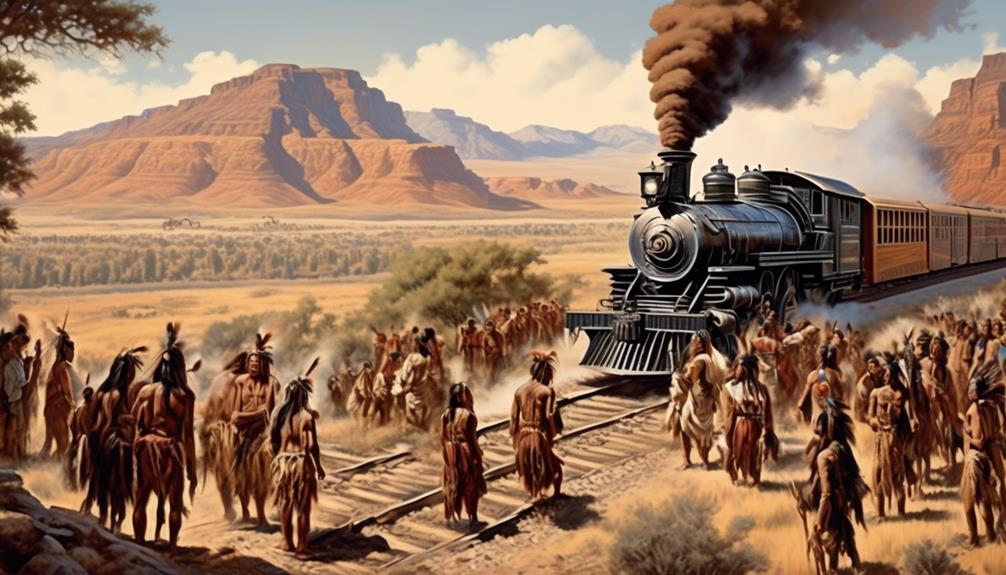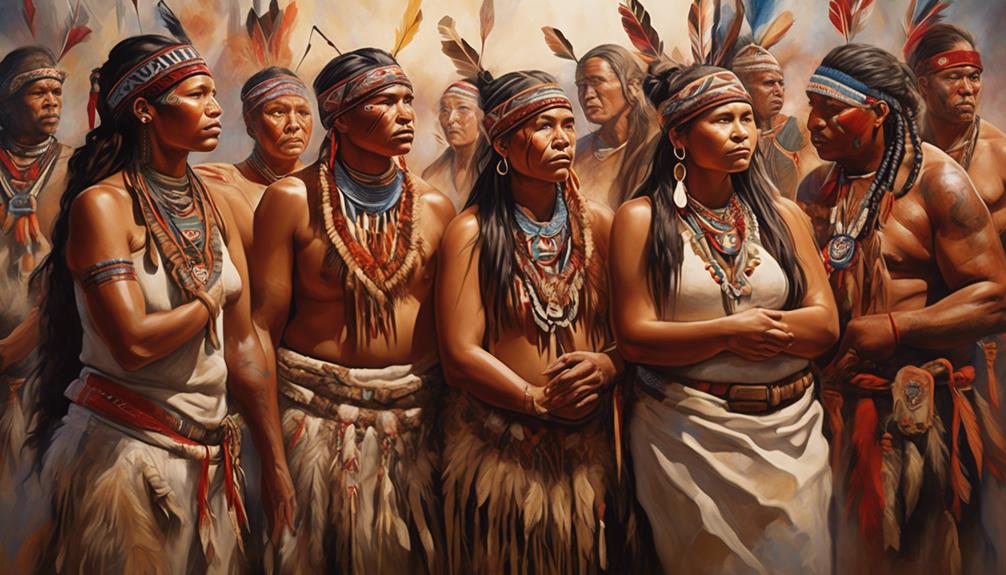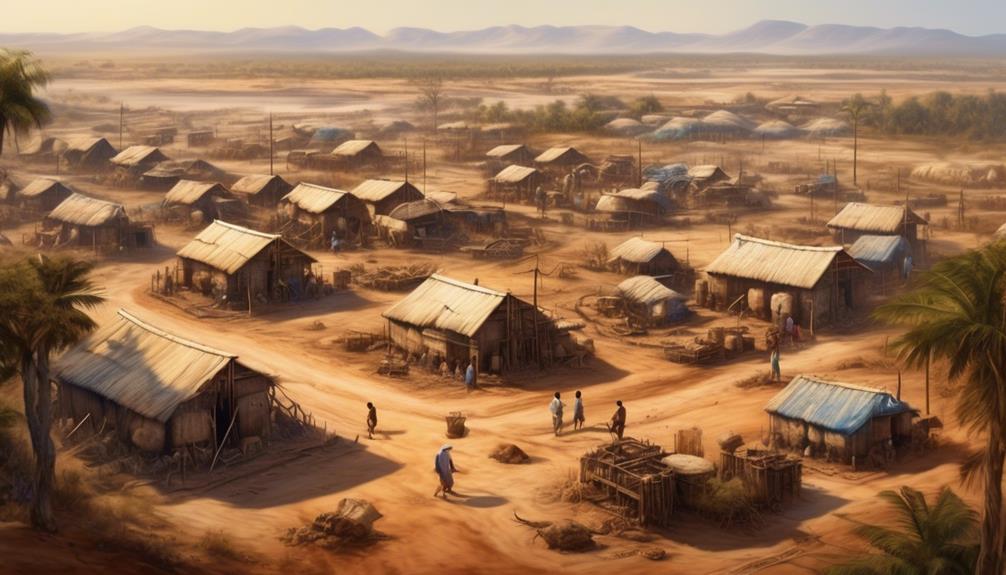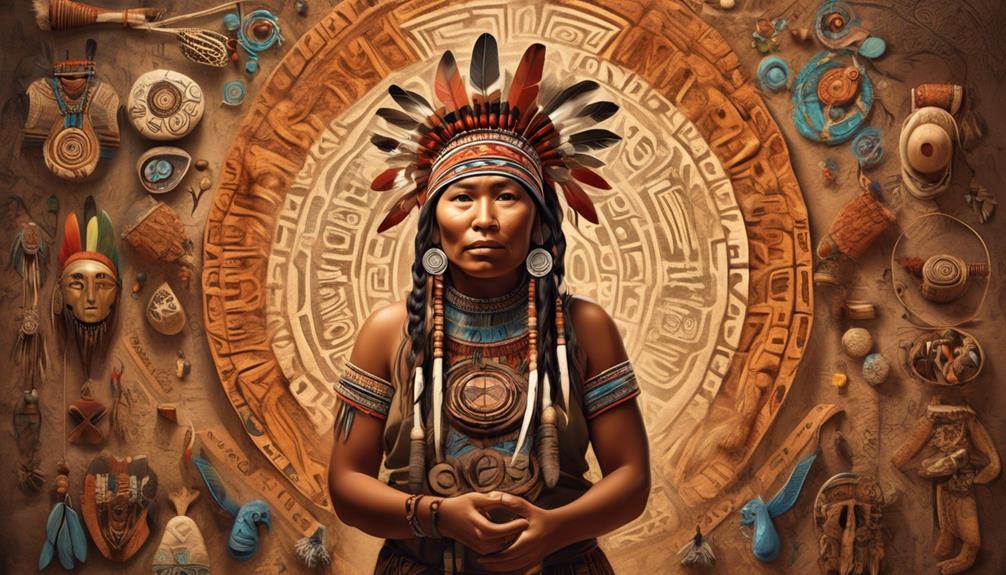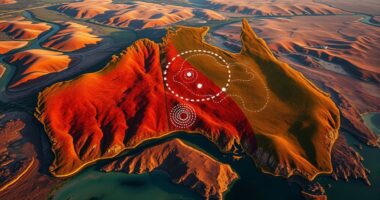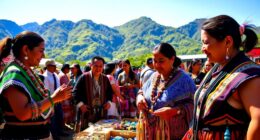How did the expansion of railroad networks affect Native American communities in the Western United States?
The impact of this development on the lives of Native American communities is a complex and often overlooked aspect of American history. As we consider the vast network of railroads that crisscrossed the western frontier, it's crucial to examine the ways in which this expansion brought about significant changes for indigenous peoples.
From displacement and loss of traditional resources to conflicts with settlers and the government, the repercussions were profound. But what specific challenges did these communities face, and how did they navigate these turbulent times?
Key Takeaways
- Displacement and loss of ancestral lands severed deep-rooted connections to the land and disrupted centuries-old cultural practices and traditions.
- The expansion of railroads led to conflicts between Indigenous peoples and settlers/government authorities, further exacerbating tensions and resulting in broken treaties and loss of Indigenous lands.
- The loss of traditional resources essential for sustaining cultural practices, such as hunting and access to plants and natural resources, had a significant impact on Indigenous communities.
- The economic and social disruption caused by the expansion of railroads undermined tribal economies, led to social marginalization and displacement, and resulted in the loss of cultural identity and knowledge.
Displacement From Ancestral Lands
As the railroad expansion surged westward, it forcibly displaced many Indigenous peoples from their ancestral lands, severing their deep-rooted connections to the land and disrupting centuries-old cultural practices and traditions. The impact of this displacement was profound, as it not only resulted in the physical uprooting of communities but also posed a significant threat to the preservation of their cultural heritage. The forced relocation often led to a loss of traditional knowledge about the land, making it challenging for Indigenous peoples to continue their cultural practices in new territories. Moreover, the legal rights of Indigenous peoples to their ancestral lands were often disregarded, further exacerbating the cultural upheaval.
The struggle for cultural preservation in the face of such displacement was a formidable challenge. Indigenous communities faced the daunting task of maintaining their traditions while adapting to unfamiliar environments. The loss of access to their ancestral lands also meant a loss of the physical spaces integral to their cultural identity.
Despite these challenges, many Indigenous peoples resiliently fought for their legal rights to reclaim their ancestral lands, recognizing the critical link between land and cultural preservation. This ongoing struggle continues to shape the cultural landscape of Indigenous communities in the West.
Loss of Traditional Resources
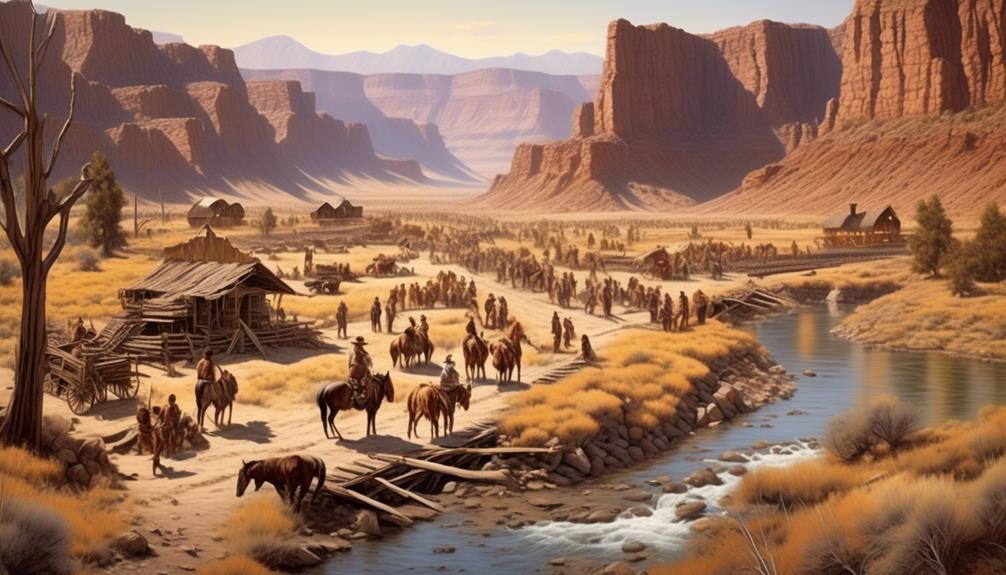
The forcible displacement of Indigenous peoples from their ancestral lands due to railroad expansion not only severed their deep-rooted connections to the land but also resulted in the loss of traditional resources essential for sustaining their cultural practices and livelihoods.
This loss had a profound impact on Indigenous communities, affecting their ability to maintain their traditional way of life. The impact on hunting was particularly significant, as many Indigenous groups relied on hunting for sustenance, ceremonial purposes, and the continuation of cultural traditions.
Additionally, the loss of gathering rights meant that access to important plants, herbs, and other natural resources essential for traditional healing and spiritual practices was severely limited.
Furthermore, the environmental degradation caused by railroad construction and increased industrial activity led to resource depletion, further exacerbating the challenges faced by Indigenous peoples in maintaining their traditional way of life.
The cumulative effect of these factors significantly disrupted the balance and sustainability of Indigenous communities, perpetuating a cycle of cultural and economic struggle.
Conflicts With Settlers and Government
Amid the railroad expansion, Indigenous peoples in the West confronted persistent conflicts with settlers and government authorities, leading to a protracted struggle for the preservation of their cultural traditions and ancestral lands. The conflicts stemmed from the conflicting interests of the Indigenous peoples and the settlers, who sought to expand their territories and exploit the natural resources found on Indigenous lands. As the railroad facilitated the influx of settlers into Indigenous territories, tensions escalated, resulting in violent confrontations and forced displacement.
Moreover, the U.S. government's policies and actions further exacerbated the conflicts. Despite entering into treaties with Indigenous nations to guarantee their land rights, the government consistently failed to honor these agreements, leading to broken treaties and further loss of Indigenous lands. This disregard for established treaties deepened the mistrust and hostilities between the Indigenous peoples and the government, perpetuating the cycle of conflict and displacement.
The persistent conflicts with settlers and government authorities not only threatened the physical well-being of Indigenous communities but also posed a significant challenge to the preservation of their cultural heritage and traditional way of life. The ongoing struggle for the recognition of their rights and sovereignty continues to shape the experiences of Indigenous peoples in the West today.
Economic and Social Disruption
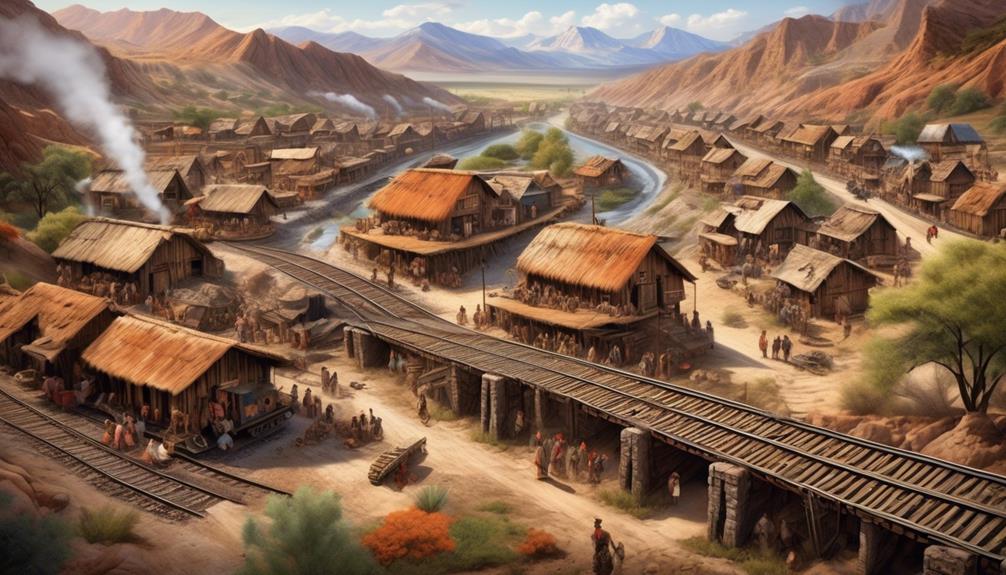
Continuing the struggles against encroachment and broken treaties, the railroad expansion brought about profound economic and social disruption for Indigenous peoples in the West. This disruption manifested in various ways, including:
- Loss of Traditional Lands and Resources:
- The construction of railroads often led to the seizure of Indigenous territories, disrupting their traditional economies based on hunting, fishing, and agriculture. This resulted in economic inequality as their means of sustenance were compromised.
- Undermining of Tribal Economies:
- The influx of settlers and the establishment of railroad towns led to the encroachment on Indigenous economic activities. Additionally, the introduction of a market economy marginalized traditional Indigenous trade systems, further exacerbating economic disparities.
- Social Marginalization and Displacement:
- As railroads brought an influx of settlers, Indigenous communities faced social marginalization and displacement. This led to the disintegration of social structures and traditional ways of life, contributing to a deep sense of social upheaval and loss.
The economic inequality and social marginalization resulting from the railroad expansion perpetuated the cycle of hardship and disenfranchisement experienced by Indigenous peoples in the West.
Cultural Impacts and Assimilation
Amidst the railroad expansion, Indigenous communities faced profound cultural impacts and the pressure to assimilate into the dominant settler society, fundamentally reshaping their traditional ways of life and belief systems.
The onslaught of railroads brought significant changes to Indigenous cultures, as it led to the displacement of communities from their ancestral lands and disrupted their established ways of living. This displacement and interruption of traditional practices often led to a loss of cultural identity and knowledge, as well as a disconnection from sacred sites essential to their spiritual beliefs.
Furthermore, the assimilation efforts, including the implementation of boarding schools and policies aimed at eradicating Indigenous languages and customs, contributed to the erosion of traditional cultural practices.
In response to these challenges, some Indigenous communities initiated cultural preservation programs and educational initiatives to revitalize and pass down their languages, stories, and customs to younger generations. These endeavors are crucial in reclaiming and maintaining their cultural heritage in the face of ongoing societal pressures to assimilate.
Frequently Asked Questions
How Did the Expansion of Railroads Impact the Spiritual and Religious Practices of Indigenous Peoples in the West?
The expansion of railroads profoundly affected the spiritual practices and cultural preservation of indigenous peoples in the West. The encroachment of railroad construction disrupted sacred sites and disrupted traditional ceremonies.
It led to the loss of land, resources, and autonomy, impacting the ability to maintain spiritual practices.
This had long-lasting effects on indigenous communities, contributing to a loss of cultural heritage and spiritual connection to the land.
What Efforts, if Any, Were Made to Compensate Indigenous Peoples for the Loss of Their Ancestral Lands Due to Railroad Expansion?
We've delved into the compensation efforts, indigenous rights, land loss, and railroad impact.
Efforts to compensate indigenous peoples for land loss due to railroad expansion were often inadequate, disregarding their ancestral rights. This disregard compounded the profound impact on their communities, disrupting traditional ways of life.
The compensation efforts failed to address the deep cultural and spiritual connection to the land, perpetuating the historical injustices faced by indigenous peoples in the West.
How Did the Arrival of Railroads Affect the Availability and Quality of Healthcare for Indigenous Communities in the West?
The arrival of railroads brought significant changes to healthcare access and cultural preservation for indigenous communities in the West.
It's ironic that while the railroads improved transportation and trade, they also disrupted traditional healing practices and limited access to essential healthcare resources.
This impact on indigenous communities' well-being and cultural heritage highlights the complex and often detrimental effects of railroad expansion on indigenous peoples in the West.
Were There Any Specific Legal or Political Challenges That Indigenous Peoples Faced in Trying to Protect Their Rights and Resources in the Face of Railroad Expansion?
Legal challenges and political resistance were significant hurdles for indigenous peoples during the railroad expansion. The encroachment on tribal lands often led to complex legal battles as indigenous communities sought to protect their rights and resources.
Additionally, political resistance from government entities and railroad companies made it difficult for indigenous peoples to assert their sovereignty and maintain control over their traditional territories. Such challenges had lasting impacts on indigenous communities in the West.
How Did the Expansion of Railroads Impact the Preservation of Indigenous Languages and Oral Traditions in the West?
Preservation of indigenous languages and oral traditions faced immense challenges due to the expansion of railroads. The cultural impact was profound, disrupting the traditional modes of communication and knowledge transfer.
As the railroads encroached upon indigenous lands, communities were displaced, and their linguistic and storytelling practices suffered. The disruption of these vital elements of indigenous culture had lasting effects, contributing to the erosion of their cultural identity.
Conclusion
In conclusion, the expansion of railroads had a devastating impact on indigenous peoples in the west.
As the railroads expanded, indigenous communities were forcibly displaced from their ancestral lands, leading to the loss of traditional resources and cultural disruption.
In fact, it's estimated that by the end of the 19th century, the indigenous population in the United States had declined to just 250,000 people, a stark contrast to the millions that had lived on the land for thousands of years.
This tragic history continues to affect indigenous communities today.
Mary is a passionate writer who brings creativity and a fresh perspective to our team. Her words have the power to captivate and inspire, making her an essential contributor to our content. Mary’s commitment to storytelling and dedication to promoting Indigenous culture ensures that her work touches the hearts of our readers. We’re fortunate to have her as part of our team.
